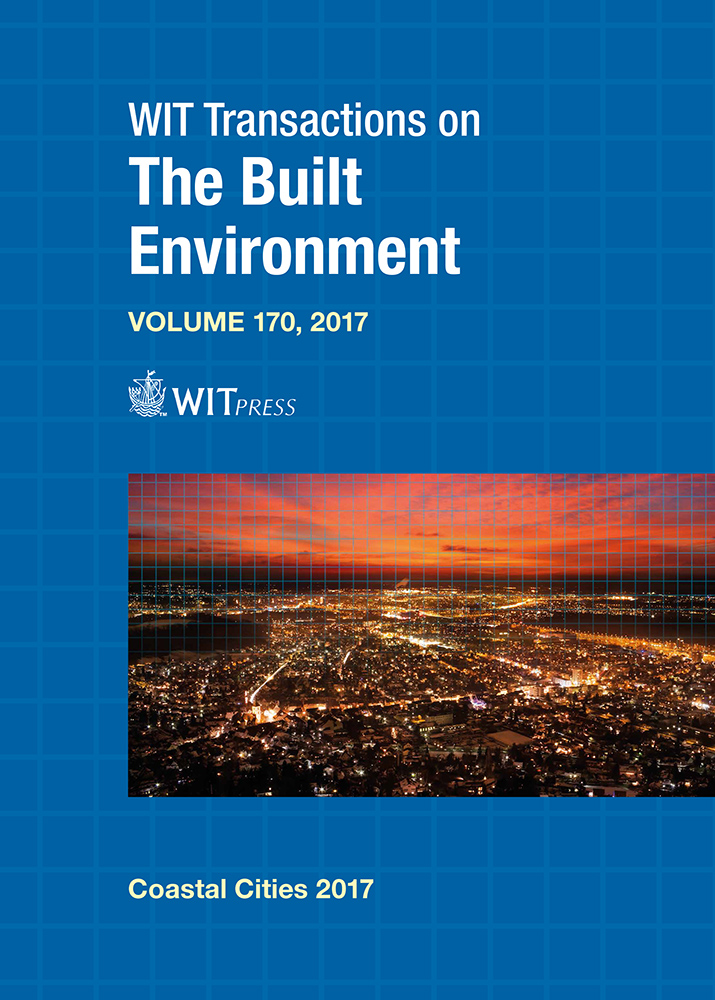SCOPING THE POTENTIAL ROLE OF THE WATER SECTOR IN URBAN GREENING AND COOLING: A CASE STUDY OF MELBOURNE
Price
Free (open access)
Transaction
Volume
170
Pages
11
Page Range
85 - 95
Published
2017
Size
472 kb
Paper DOI
10.2495/CC170091
Copyright
WIT Press
Author(s)
CASEY FURLONG, KATH PHELAN, JAGO DODSON, ROBERT CONSIDINE
Abstract
Climate change, urban densification and loss of green space are making cities hotter and less pleasant places in which to live. In some developed countries, heat waves now cause more deaths than any other natural disaster, and lack of green space is linked to decreased mental and physical health. Increasing green space, tree canopy cover, water bodies and irrigation can significantly cool urban environments, and positively influence physical and mental health, as well as biodiversity. Across the world, urban greening and cooling are primarily considered to be the functions of local government (municipalities). However, we hypothesise that the urban water sector (water utilities and waterway managers) has an existing role in urban greening which has significant potential to expand. This study makes use of a wide-ranging industry consultation process with 37 experts from 14 organisations within Melbourne, to (a) understand the current urban greening situation, (b) identify the gaps in current system, (c) investigate the current contribution of the water sector towards greening, and (d) scope out the potential for a larger role. Preliminary findings show that Melbourne’s water sector is, in a number of ways, actively pursuing urban greening and cooling outcomes, and that more can be achieved when they work collaboratively with local government actions, rather than acting independently. The major areas through which Melbourne’s water sector can further impact greening and cooling are found to be: (1) assisting in large scale planning of greening/cooling initiatives, in coordination with stormwater management and conservation of waterways; (2) statutory powers and informal guidance to influence new developments; (3) finance raising and financial evaluation capabilities to provide and justify funding; (4) credibility and social license to support municipalities in lobbying state government and other stakeholders; and (5) additional water for irrigation through alternative water source projects.
Keywords
urban water, water management, urban governance, liveability, urban greening, urban cooling, Integrated Urban Water Management, Water Sensitive Urban Design, green infrastructure





